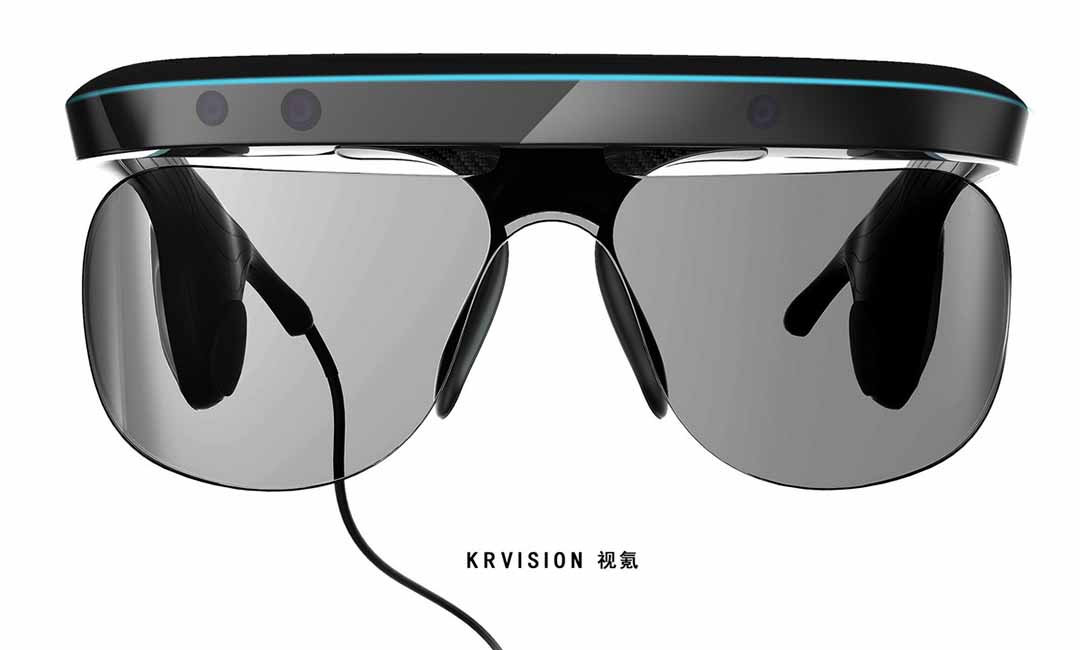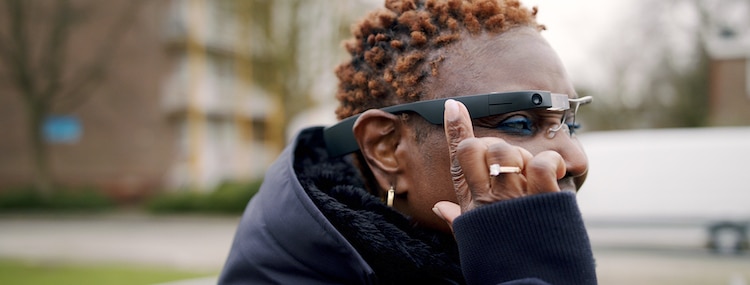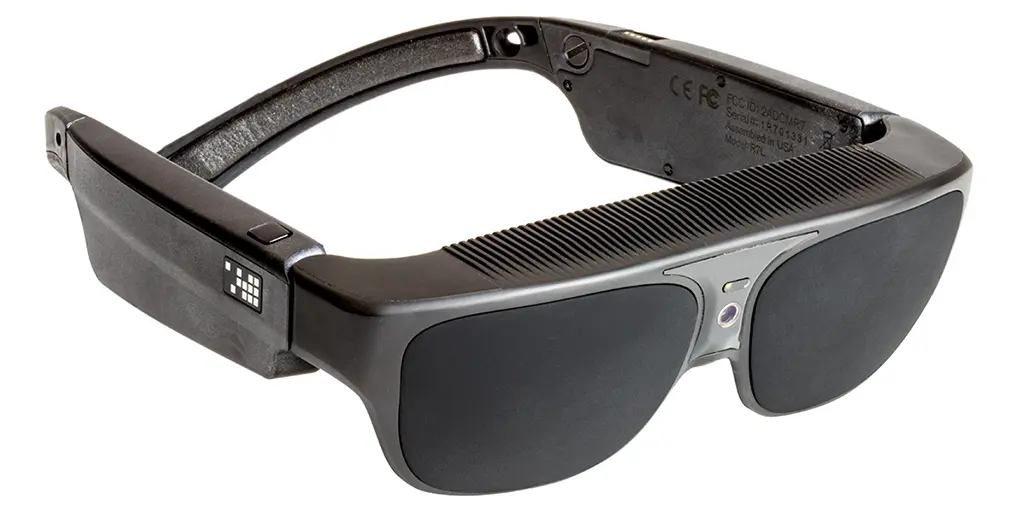Enhancing Availability Through Assistive Technology for the Blind
The combination of assistive modern technology for the blind represents a pivotal advancement in availability, fundamentally altering exactly how people browse their environments and engage with culture. From screen visitors to cutting-edge smart walking canes, these devices not only improve freedom yet additionally advertise inclusivity in different balls of life. As we explore the varied kinds of assistive gadgets and their concrete influence on everyday living, it becomes crucial to analyze just how continuous technical developments are reshaping the landscape of assistance for the blind community. What ramifications do these developments hold for the future of access?
Overview of Assistive Technology
Assistive innovation refers to an array of gadgets and software program designed to boost the abilities of people with specials needs, including those that are blind or aesthetically impaired. This innovation plays an important duty in advertising independence and improving the quality of life for users. By offering alternate methods for accessing information and doing daily jobs, assistive innovation equips people to browse their settings extra efficiently.
The growth and implementation of assistive technology accept a variety of concepts targeted at fostering accessibility. These principles include user-centered design, which focuses on the requirements and preferences of the individual, and the integration of modern technology into everyday activities. Such improvements make certain that assistive gadgets are not just useful yet easy and also user-friendly to utilize.
Moreover, assistive technology incorporates a diverse range of options, from low-tech choices like magnifiers to modern developments such as display readers and Braille screens. The continuous evolution of this field is driven by the demand to attend to the special obstacles faced by people with aesthetic problems (Wearable technology for low vision). As technology proceeds to development, the capacity for enhancing availability and advertising inclusivity stays appealing, ultimately contributing to an extra equitable culture

Sorts Of Assistive Gadgets
Many sorts of assistive gadgets are readily available to sustain individuals who are aesthetically damaged or blind, each created to address specific needs and challenges. These gadgets can be extensively classified into three major kinds: low-tech, mid-tech, and sophisticated remedies.
Low-tech tools consist of items such as magnifiers, Braille labels, and responsive maps. These are relatively simple tools that improve the user's capability to interact with their setting without calling for complex modern technology.
Mid-tech tools typically involve a lot more advanced features, such as electronic magnifiers and mobile Braille note-takers. These tools can supply functionalities like speech output, enabling users to access information more successfully.

Effect On Daily Living
The accessibility of various assistive devices considerably improves the quality of life for people who are aesthetically damaged or blind, influencing their everyday living in profound ways. By integrating innovations such as display viewers, Braille shows, and audio summary services right into their routines, individuals gain better freedom and self-reliance. These devices help with accessibility to info, making it possible for individuals to execute everyday tasks, such as reading emails, navigating public rooms, and taking pleasure in media content.
In addition, assistive gadgets encourage individuals to involve more fully in social communications and neighborhood tasks. The capacity to make use of smartphones furnished with availability attributes enables seamless interaction and connection with others. This connectivity promotes a feeling of belonging and decreases feelings of isolation.
In specialist setups, assistive technology supports performance by permitting individuals to full job tasks efficiently. Tools like voice recognition software and specialized zoom tools allow users to site here take part in the workforce on equivalent ground with their sighted peers.

Innovations in Technology
Current technical developments have substantially transformed the landscape of tools readily available for people who are blind or aesthetically impaired. The assimilation of artificial intelligence (AI) and artificial intelligence has given surge to applications that improve navigating and things recognition. For example, mobile phone apps can now utilize AI to recognize and define surroundings in real-time, supplying individuals with valuable contextual information.
Additionally, innovations in haptic modern technology have actually resulted in the growth of smart walking sticks geared up with sensing units that find challenges and offer tactile responses. This empowers what is an od users to browse their environment with enhanced self-confidence and freedom. Moreover, technologies in text-to-speech software and braille screens have enhanced the accessibility of digital material, enabling seamless interaction with various media.
Wearable innovations, such as clever glasses, are additionally making strides in aiding visual impairment. As technology proceeds to advance, the potential for also more transformative devices remains on the horizon.
Future Trends and Innovations
As innovation rapidly advances, the future of assistive tools for people who are blind holds enormous assurance. Advancements in expert system (AI) and equipment discovering are positioned to revolutionize the way blind individuals interact with their atmospheres. For instance, AI-driven applications are being developed to boost things acknowledgment, permitting individuals to recognize and navigate their surroundings with higher ease and accuracy.
In addition, improvements in haptic comments technology are making it possible for the production of responsive maps and navigating help that provide real-time info through touch. These technologies not just enhance flexibility yet also foster freedom. Furthermore, wearable devices outfitted with increased reality (AR) features are arising, providing individuals aesthetic details through audio summaries, therefore bridging the void between the digital and physical globes.
Additionally, the combination of wise home innovation offers brand-new chances for availability, enabling people to manage their living settings with voice commands or smartphone applications. As partnership in between technology designers and the blind area proceeds, the concentrate on user-centered style will ensure that future innovations are customized to meet the one-of-a-kind requirements of this population (Wearable technology for low vision). The trajectory of assistive innovation promises a much more inclusive and empowering future for people that are blind
Conclusion
In verdict, assistive innovation plays a critical function in improving access for individuals with aesthetic problems. Continual advancements in modern technology and user-centered style ensure that these devices click this cater successfully to the special needs of the blind area.
The combination of assistive technology for the blind stands for a pivotal improvement in availability, basically changing exactly how people navigate their environments and engage with culture.Assistive technology refers to a variety of devices and software program made to improve the capacities of people with specials needs, consisting of those who are blind or aesthetically impaired. Wearable technology for low vision.As modern technology quickly progresses, the future of assistive devices for people who are blind holds tremendous guarantee. The trajectory of assistive technology guarantees a more comprehensive and empowering future for people that are blind
In conclusion, assistive technology plays a vital duty in enhancing ease of access for people with visual impairments.